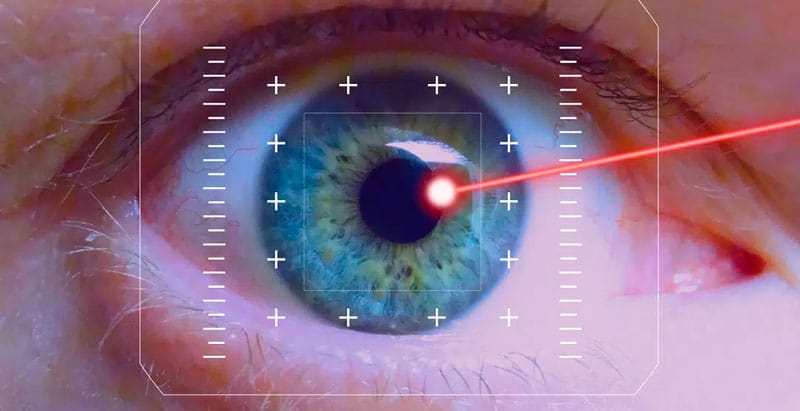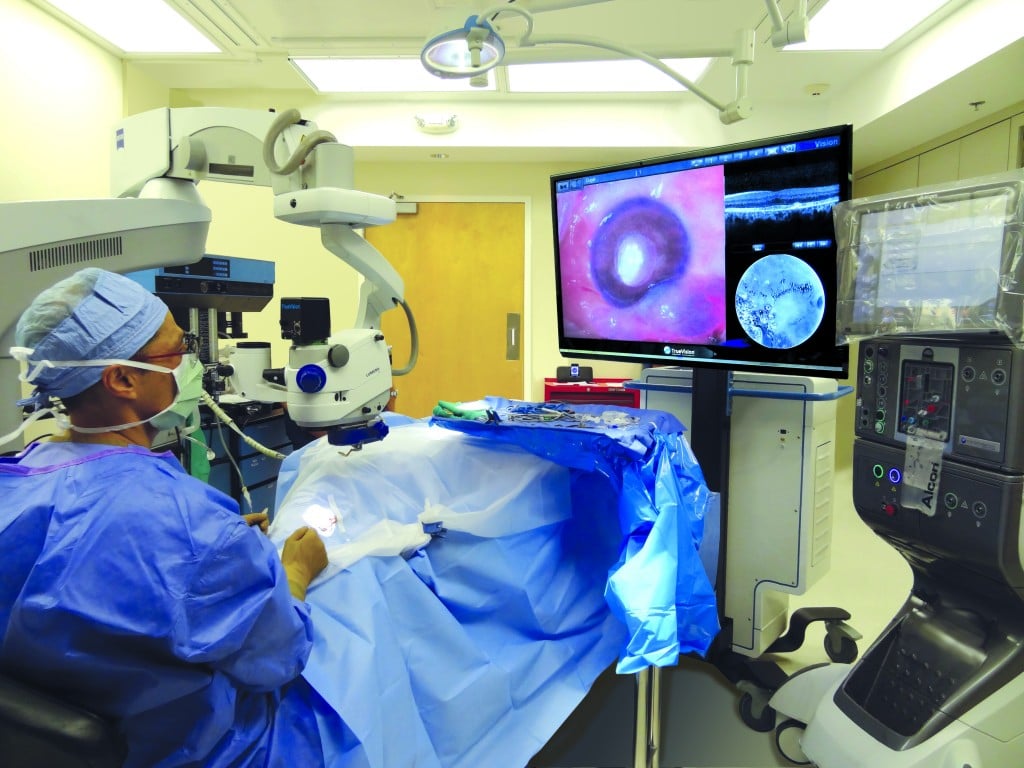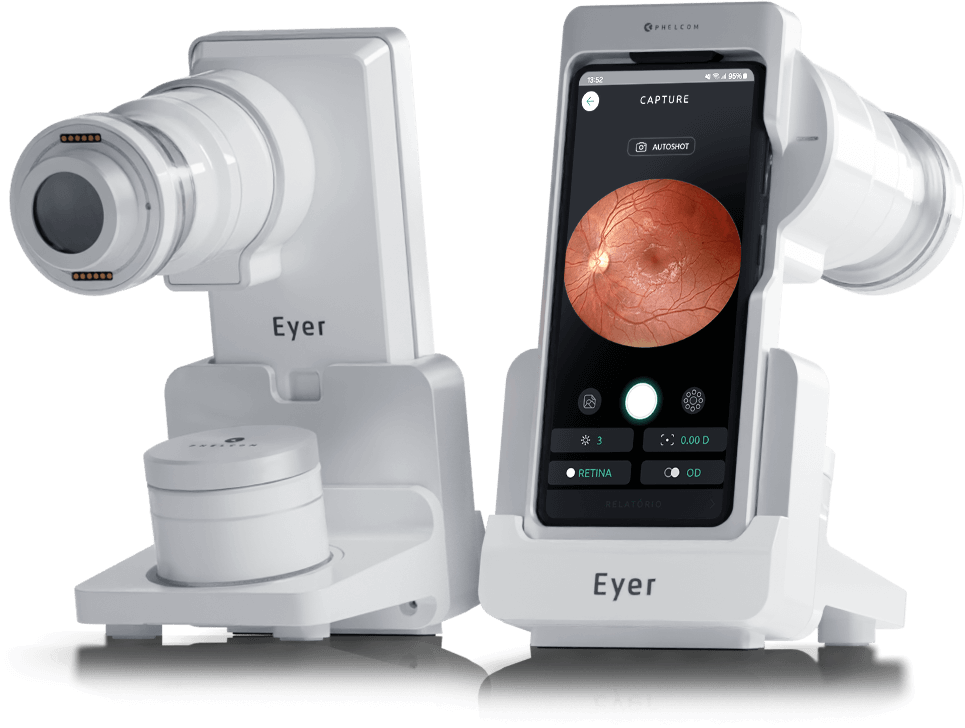The use of robotics in health has grown increasingly in recent years. By 2025, global investment in this sector is expected to increase approximately 20%, according to a report from Zion Market Research.
The technology generates several advantages for doctors and health institutions, such as more accurate and reproducible procedures. In fact, doctors’ knowledge allied to robotics make the procedure safer, faster and reduces pain and trauma to the patient.
The technology is employed in robot surgeons and even medical software. Learn about the health benefits of robotics and how it works in areas such as surgery, healthcare and even office management.
Robots X doctors
First, robotics does not replace doctors in the healthcare field. In fact, robots only work when guided by humans.
Equipments work as an extension of the surgeon’s hand, for example. This way, they follow commands and avoid the natural tremor of a person, which is a great benefit to delicate surgeries that demand millimeter movements, mainly.
Another approach is planning of the entire procedure and monitoring the execution. Therefore, if an unforeseen event occurs, the professional can adjust at the same time.
1. Robotics in surgery
It seems like something new, but the health field started employing robotics many years ago. First surgeries with such equipments occurred in 1988, in Paris.
Ophthalmology is one of the areas in which the use of robotics has been done for the longest time. One of the first uses was treating diabetic retinopathy with laser. The technology measures the duration, size and power of each pulse. For this, the device is pre-programmed so that each laser pulse is the same as the previous one.
Nowadays, the tool is also used in refractive surgeries to correct myopia. Robots guide all the programming of the procedure of laser pulsing in the patient’s, always monitored by a specialist.
The robotics system NGENUITY uses 3D technology in high definition that greatly increases the surgeon’s view of the eye. It turns the ophthalmological surgeries more accurate. The doctor operates by looking at a high-definition 3D screen, which allows a more proper posture and reduces fatigue during the procedure.
Photo: Blog Total Magazine
Another ease is using digital filters to customize visualization during the procedure, increasing the image of eye structures and tissue layers.
There are also robots to carry out cataract surgery and corneal transplantation, such as the Ziemer and LensX. However, they are less used in Brazil.
Da Vinci
Several technologies have this goal nowadays. Undoubtedly, the most known is Da Vinci, the robot surgeon most used in the world. Currently, more than 5 million patients are treated. Even in Brazil.
These systems carry out minimally invasive surgeries in different procedures. One of its tools is a console – inspired by flight simulators – in which doctors visualize the high-definition 3D images and make the operative movements with their own hands, through a joystick, which are transmitted to the robot.
The doctor can move the axes for 360 degrees, reaching angles that human hands would only reach with great difficulty.
It also applies to train and requalify students, residents and specialists in attendance or within the surgical center. Thus, it is possible to analyze ethnographically the performance of the professional – who is alone during the procedure – by capturing images from a local camera.
The technology can also be operated remotely via telemedicine.
2. Robotics in healthcare
Several robots already improve medical care. Such as robot Laura, which identifies potentially dangerous generalized infections in patients and informs the medical staff. For this, the robot is connected to electronic medical records and monitors the health reports and clinical information of each patient. When it identifies any worsening or abnormality, it generates an alert. It also uses the principle of machine learning for this purpose.
Since its invention in 2016, it has helped reduce the overall mortality rate by 25%, saving 18 patients a day in institutions that work with the technology.
In ophthalmology, one of the proposals is the Adam robot, which can assist in checking primary visual acuity. This is because it identifies visual difficulty levels. In up to five minutes, it can detect diseases such as myopia, astigmatism, hyperopia and presbyopia.
Even for procedures that involve needle placement, such as taking blood and biopsy, there are robotic systems. This is the case of Veebot. It uses a pouch similar to blood pressure gauges, making the veins more visible. It then uses an infrared light and a camera to find the best vein through an image analysis software.
The depth with which the needle is pricked is pre-calculated and the whole process takes about a minute. The system succeeds in choosing the vein in 83% of cases. In addition, the procedure is less painful to the patient.
3. Robots in office management
Imagine receiving your patient with the help of a robot? Invented in Japan, Pepper is used in several countries for the reception of shops, exhibitions, public places and even in medical offices.
The robot has a human appearance: giant eyes, child’s face, arms, hands, 1.20 meters high, 30 kilos and a screen attached to the chest. One of its main features is the ability to analyze people’s emotions through facial expression and tone of voice.
It uses voice recognition technology, cameras and sensors and evaluates all this data in a system based on artificial neural networks. It is able to modify the voice, the color of the eyes, move the arms and show images on the screen according to the emotions of the person.
In fact, neither Pepper nor any other robot can replace professionals in the field. However, it helps greatly to improve care, reduce costs, carry out more precise and less invasive procedures, increasing agility and reducing pain in the patient.
Reviewed by Paulo Schor, ophthalmologist, free professor and director of innovation of the Federal University of São Paulo (Unifesp) and collaborator of the Faculty of Medicine of the Albert Einstein Hospital.
Follow Phelcom’s blog and stay on top of the main news about coronavirus and the eyes.





